Health & Science
A newborn cured of HIV; Communicating by thought; Why pessimists live longer; Two tickets to Mars
A newborn cured of HIV
Doctors in Mississippi appear to have cured a baby girl of an HIV infection—a breakthrough that researchers hope to replicate for the sake of other infected children. Within 30 hours of being born in a rural hospital, the infant tested positive for the virus, and doctors immediately began treating her with an aggressive regimen of conventional anti-retroviral drugs. Infected babies typically have to take such drugs indefinitely to keep the virus in check, but after 18 months, the mother disappeared with her daughter and stopped giving her the medicine. The doctors located the girl again several months later and, fearing the worst, ordered up ultrasensitive blood tests. “When all those came back negative, I knew something odd was afoot,” Hannah Gay, the child’s pediatrician, told NPR.org. Katherine Luzuriaga, a pediatric AIDS expert at the University of Massachusetts, thinks Gay’s early and aggressive treatment “curtailed the formation of viral reservoirs” in the girl’s body. The girl, now 2 and a half years old, is only the second person known to have been cured of the disease; the other was an adult male who received a bone-marrow transplant from an HIV-resistant donor. Worldwide, some 300,000 HIV-positive babies are born every year.
Communicating by thought
The Week
Escape your echo chamber. Get the facts behind the news, plus analysis from multiple perspectives.

Sign up for The Week's Free Newsletters
From our morning news briefing to a weekly Good News Newsletter, get the best of The Week delivered directly to your inbox.
From our morning news briefing to a weekly Good News Newsletter, get the best of The Week delivered directly to your inbox.
In science fiction, it’s called a mind meld. Scientists have now taken a big step toward making it a reality by electronically connecting the brains of two rats, allowing them to communicate by thought alone. A team at Duke University taught a rat to push whichever one of two levers that had a light go on above it. Then they implanted electrodes in its primary motor cortex and wired them to the same spots in the brain of a second rat. When one of the lights went on and the first rat pressed a lever, the second rat pushed the corresponding lever seven out of 10 times—having received no cues except impulses from the first rat’s brain. The experiment showed similar results when the electrodes were implanted in another region of the rats’ brains, and researchers were even able to link the brain of a rat in North Carolina with that of one in Brazil. The experiment should be “a wake-up call” on how far brain research has advanced, researcher Christopher James, of the University of Warwick in the U.K., tells New Scientist. “I think it will be possible one day to transfer an abstract thought.”
Why pessimists live longer
Developing a negative outlook may be the secret to living a longer, if not happier, life. A German study found that the more people underestimated their future life satisfaction, the less likely they were to die early or become disabled, AARP.org reports. Researchers asked 40,000 people between the ages of 18 and 96 to rate how happy they thought they’d be in five years on a scale of zero to 10; then, five years later, they checked in to see how they felt. They found that for every point by which a person had overestimated his or her future well-being, there was a 10 percent higher likelihood of death or disability in the following decade. “Pessimism about the future may encourage people to live more carefully, taking health and safety precautions,” the study authors write. Surprisingly enough, people who were healthy and wealthy were more likely to expect the worst—and thus survive in better shape—than were people who had low incomes and poor health. People over 65 were the most likely to underestimate their future happiness, while people under 40 were the most unrealistically optimistic.
Two tickets to Mars
A free daily email with the biggest news stories of the day – and the best features from TheWeek.com
Wanted: A happily married couple who can endure each other’s constant presence for months while on a spaceflight to Mars. American multimillionaire Dennis Tito might be placing that ad soon, says USA Today, now that he’s launched a nonprofit to raise the roughly $1 billion needed for a manned spaceflight to the Red Planet. “We have not sent people beyond the orbit of the moon in 40 years,’’ says Tito, who paid the Russians $20 million to visit the International Space Station in 2001. “I don’t want to wait any longer.” In 2018, the orbits of Earth and Mars will bring them within roughly 400 million miles of each other, a once-in-15-years event that will cut round-trip travel time to a mere year and a half. Before then, Tito hopes to find a middle-aged married couple to make the voyage, figuring such a pair would be best able to cohabit in close quarters without getting on one another’s nerves. Braving radiation and potentially deadly solar flares, the couple would slingshot around Mars and re-enter Earth’s atmosphere faster than any manned spacecraft yet. NASA concedes the goal is possible, calling the mission “a testament to the audacity of America’s commercial aerospace industry.” Tito hopes to help fund the mission by selling media rights: “I can imagine Dr. Phil talking to this couple and solving their marital problems.”
-
 7 bars with comforting cocktails and great hospitality
7 bars with comforting cocktails and great hospitalitythe week recommends Winter is a fine time for going out and drinking up
-
 7 recipes that meet you wherever you are during winter
7 recipes that meet you wherever you are during winterthe week recommends Low-key January and decadent holiday eating are all accounted for
-
 Nine best TV shows of the year
Nine best TV shows of the yearThe Week Recommends From Adolescence to Amandaland
-
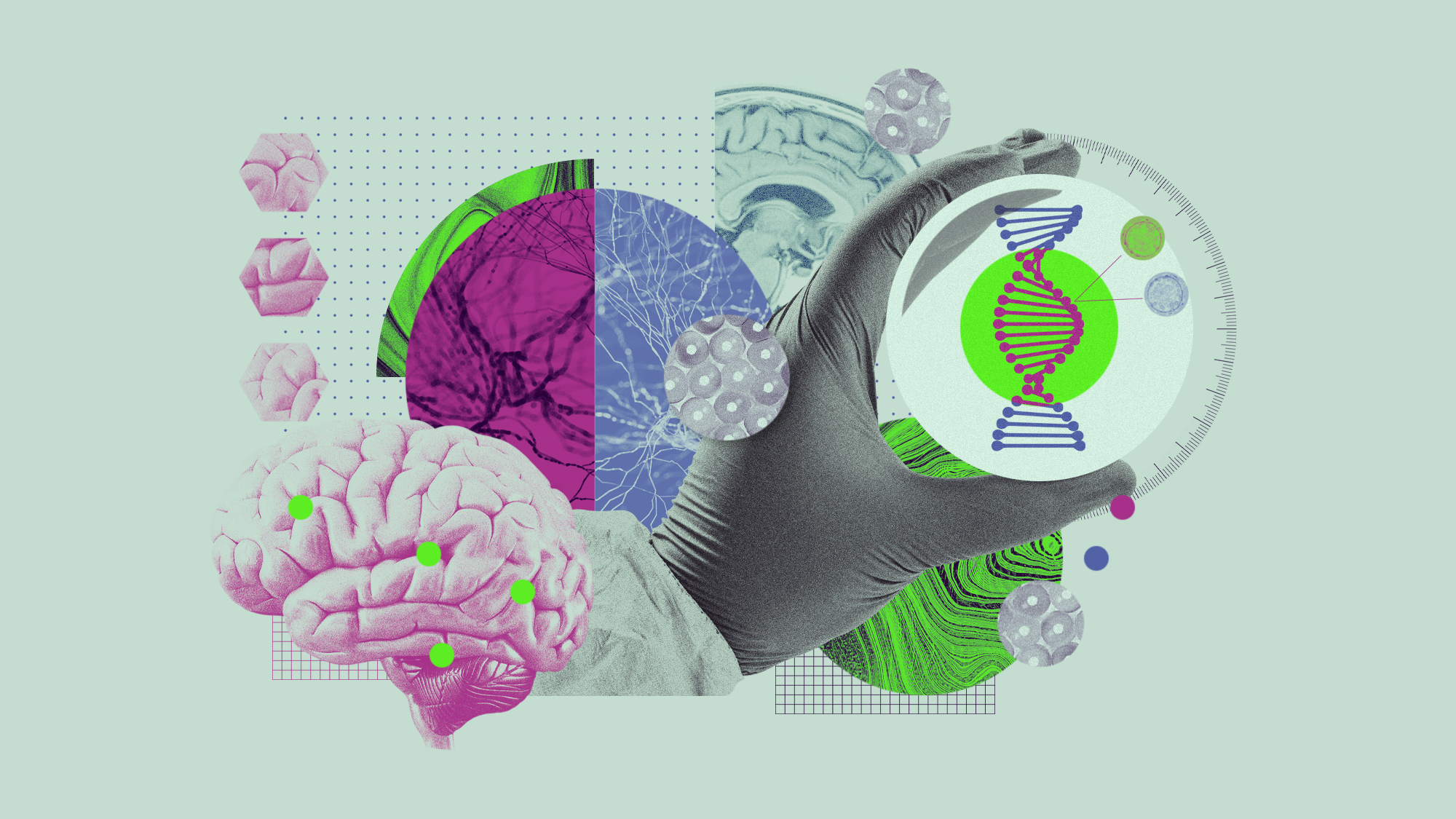 5 recent breakthroughs in biology
5 recent breakthroughs in biologyIn depth From ancient bacteria, to modern cures, to future research
-
 Bacteria can turn plastic waste into a painkiller
Bacteria can turn plastic waste into a painkillerUnder the radar The process could be a solution to plastic pollution
-
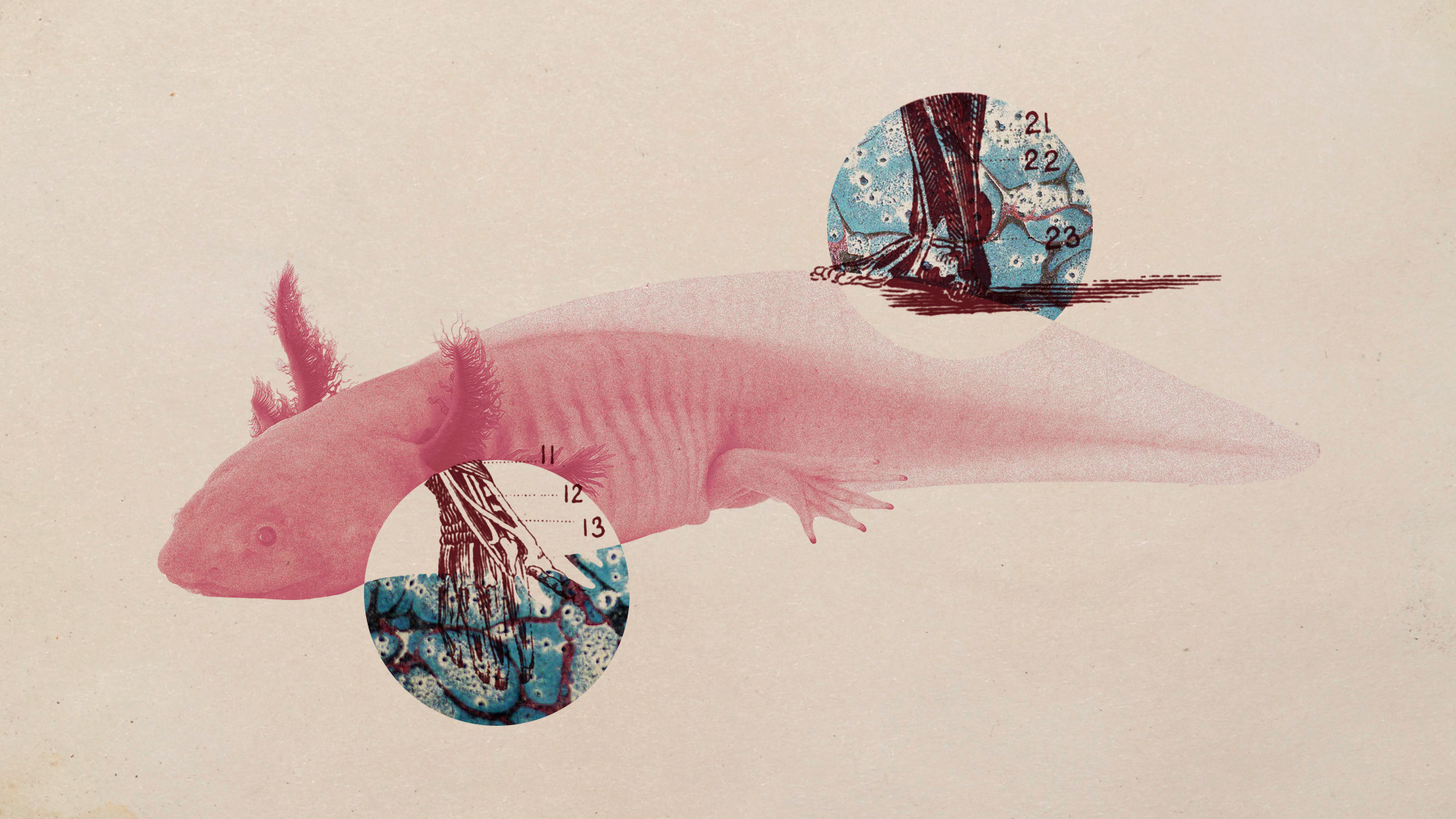 Scientists want to regrow human limbs. Salamanders could lead the way.
Scientists want to regrow human limbs. Salamanders could lead the way.Under the radar Humans may already have the genetic mechanism necessary
-
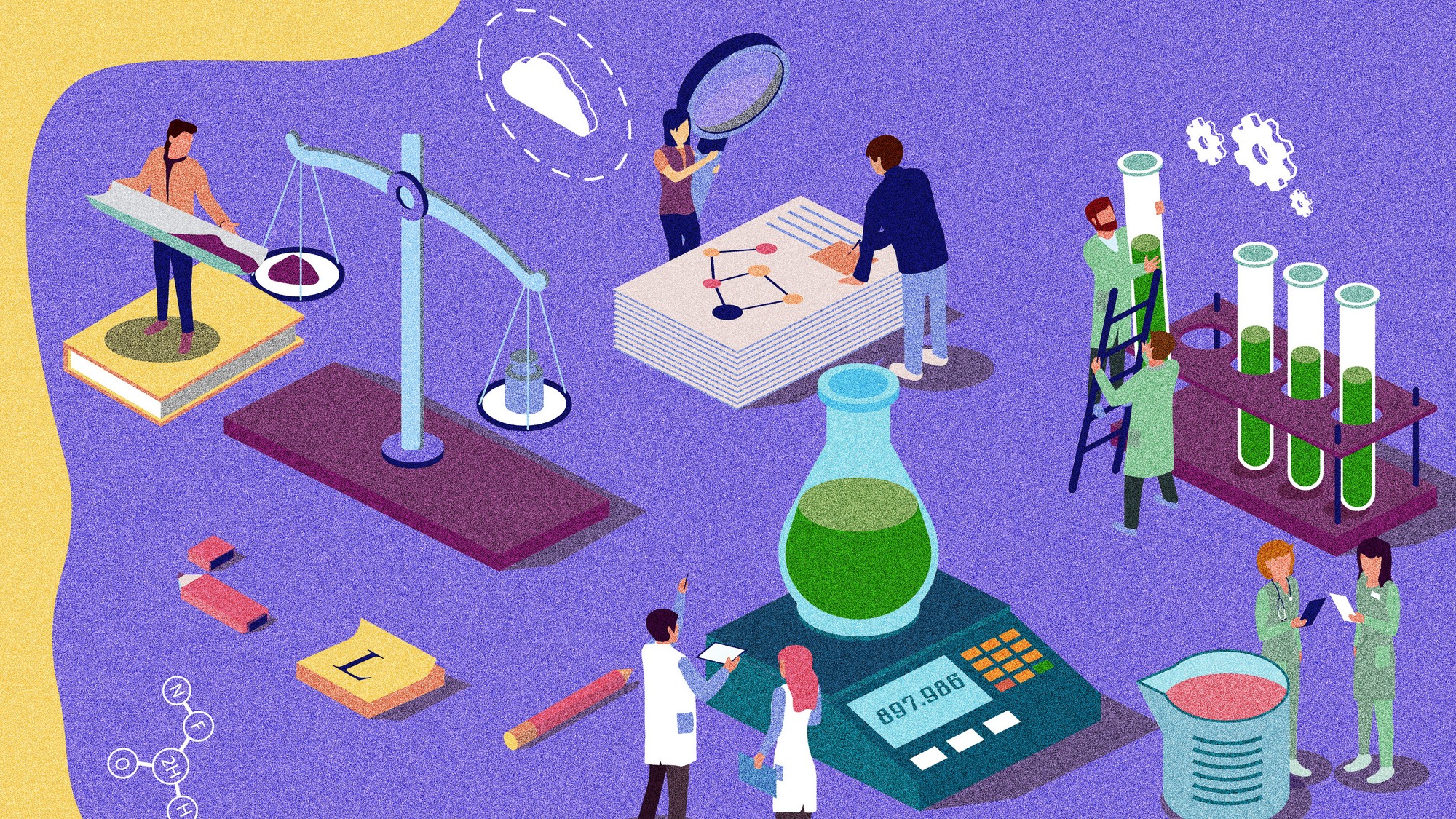 Is the world losing scientific innovation?
Is the world losing scientific innovation?Today's big question New research seems to be less exciting
-
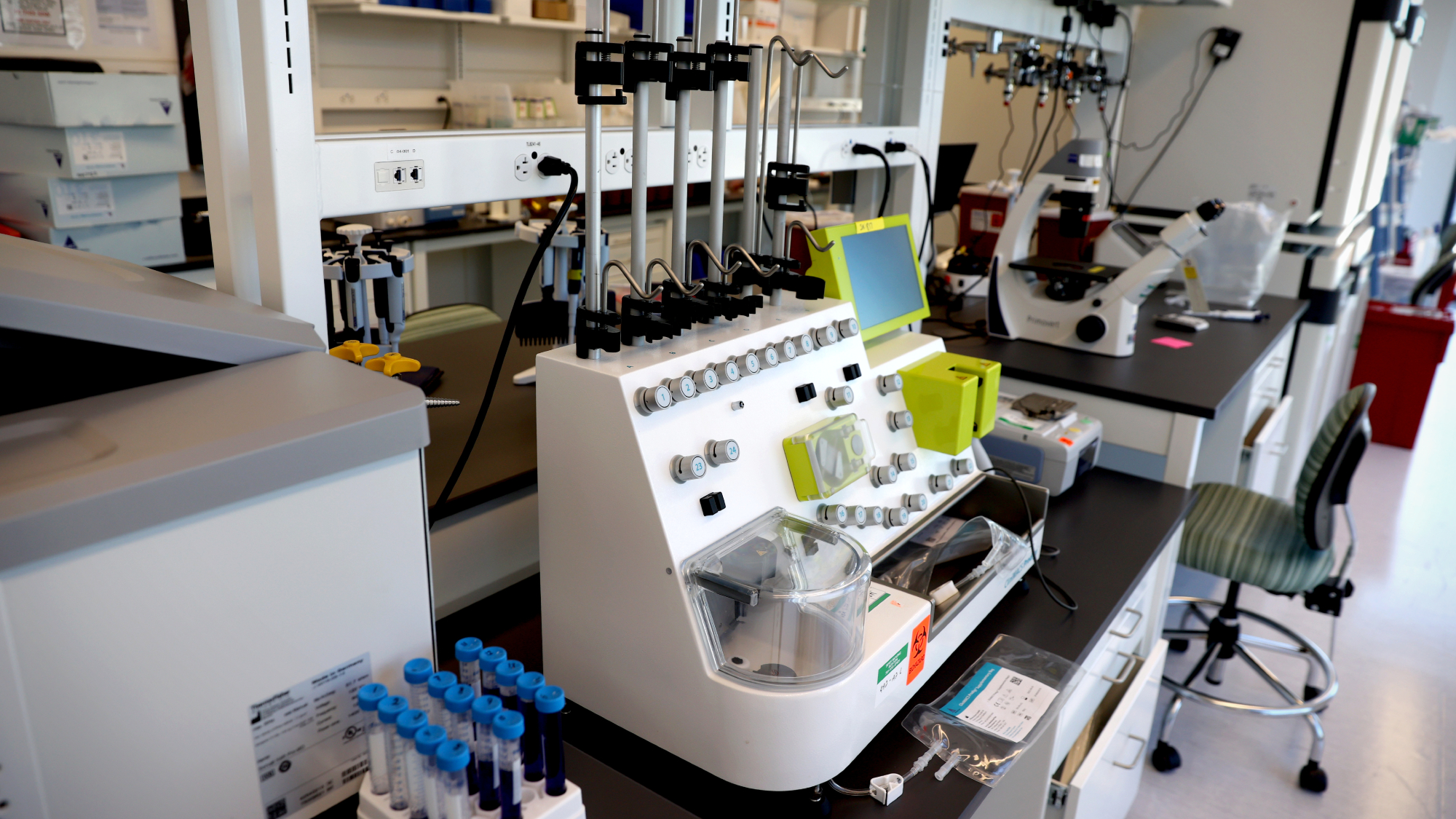 Breakthrough gene-editing treatment saves baby
Breakthrough gene-editing treatment saves babyspeed read KJ Muldoon was healed from a rare genetic condition
-
 Humans heal much slower than other mammals
Humans heal much slower than other mammalsSpeed Read Slower healing may have been an evolutionary trade-off when we shed fur for sweat glands
-
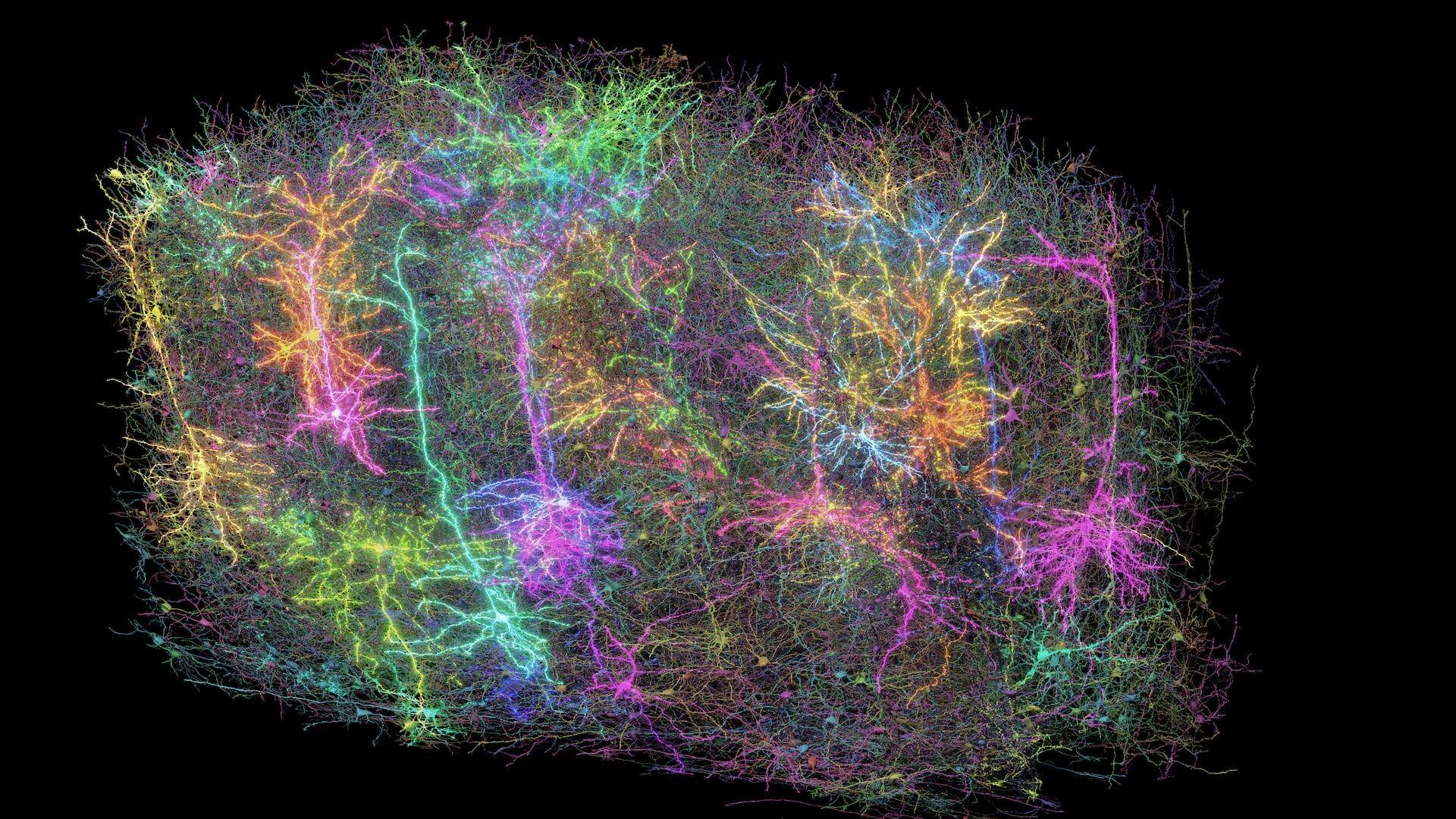 Scientists map miles of wiring in mouse brain
Scientists map miles of wiring in mouse brainSpeed Read Researchers have created the 'largest and most detailed wiring diagram of a mammalian brain to date,' said Nature
-
 Scientists genetically revive extinct 'dire wolves'
Scientists genetically revive extinct 'dire wolves'Speed Read A 'de-extinction' company has revived the species made popular by HBO's 'Game of Thrones'